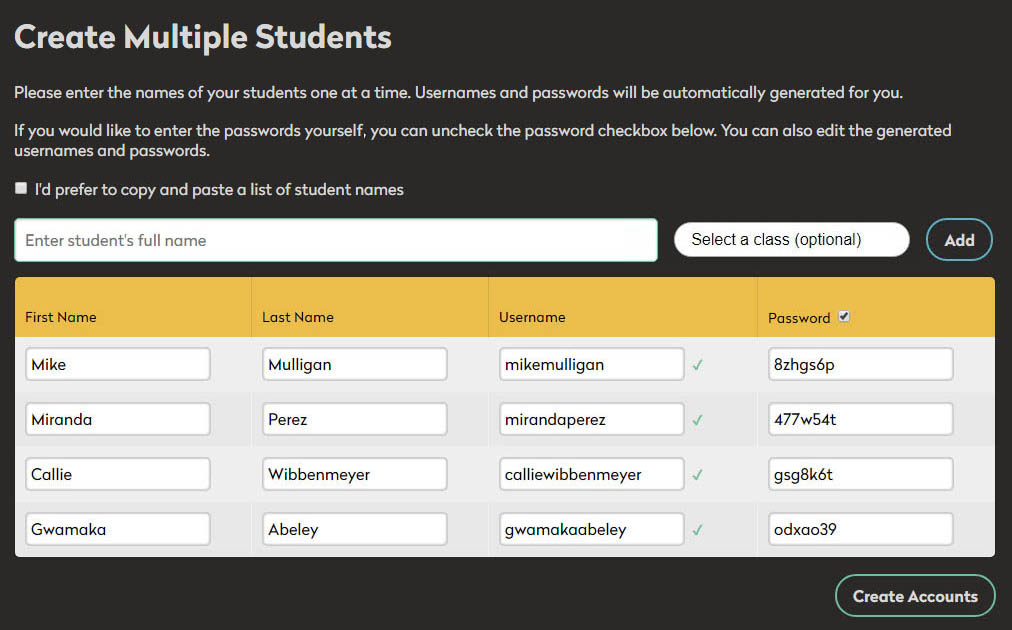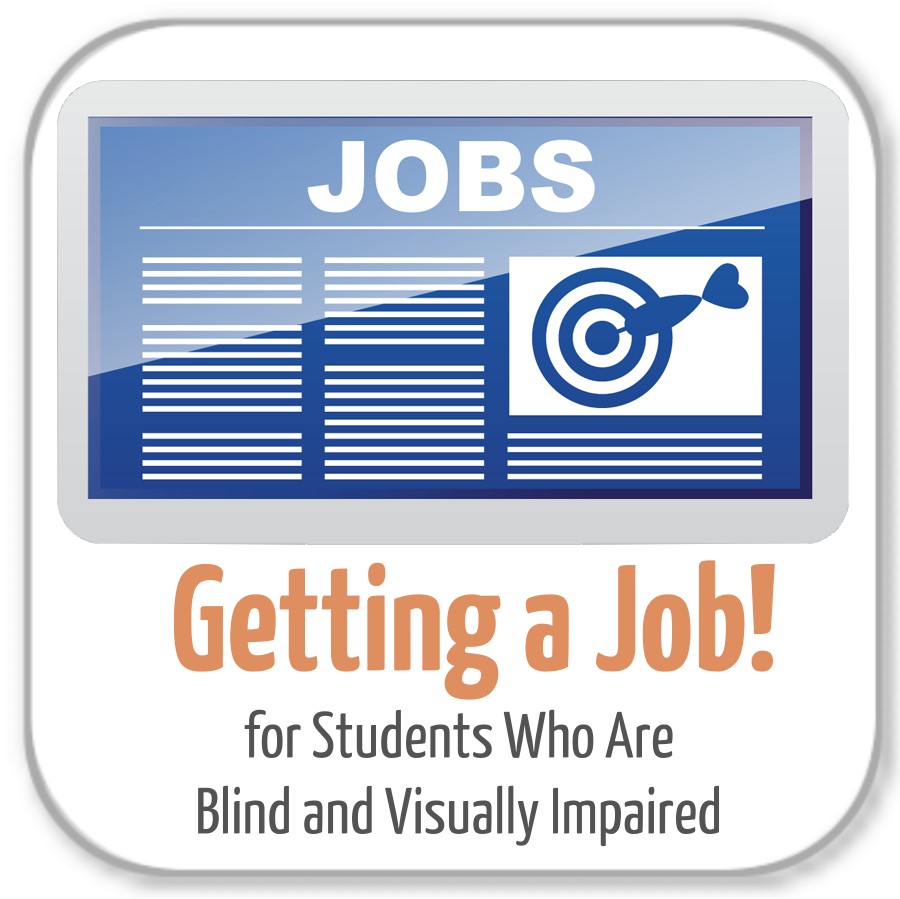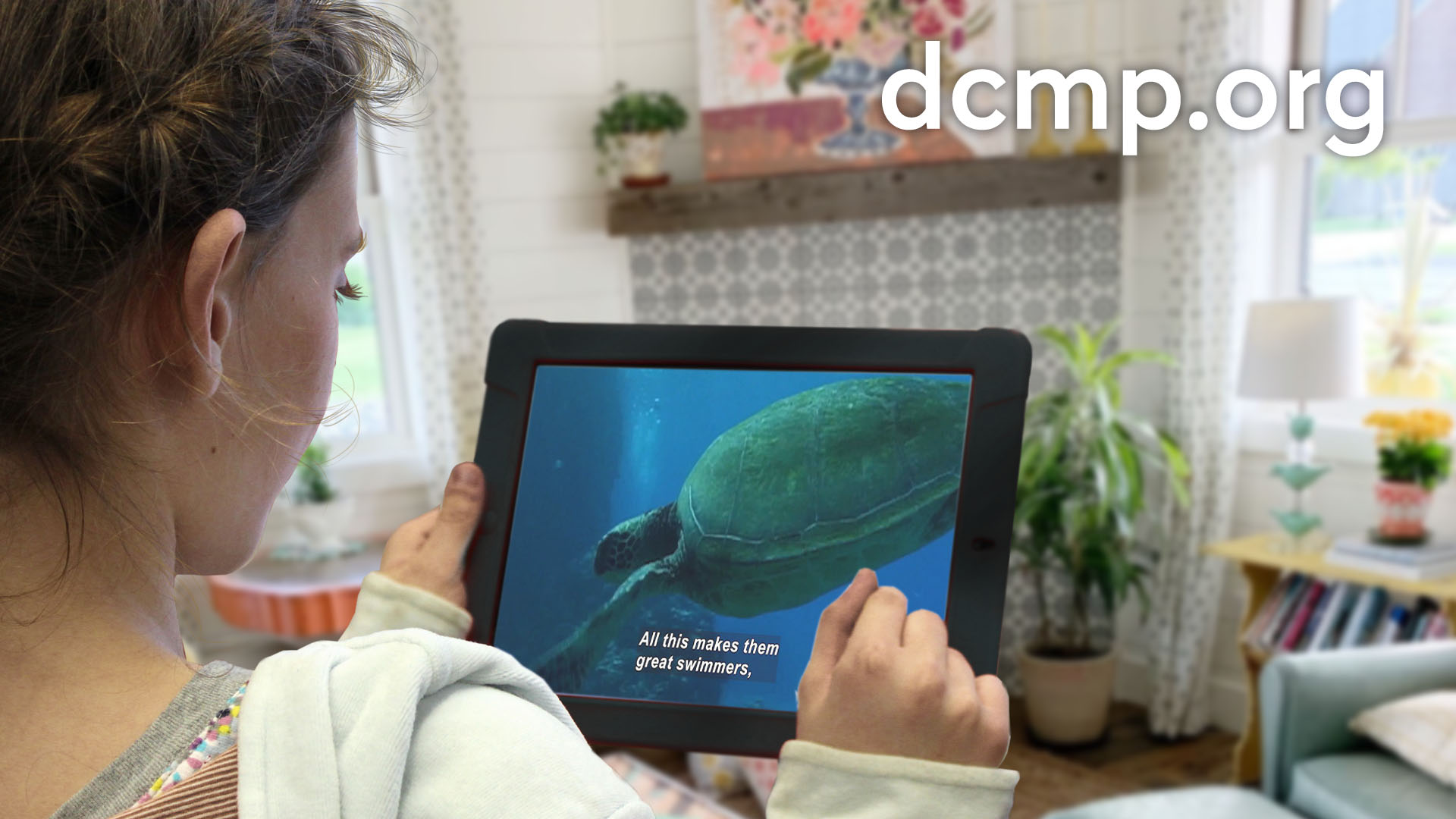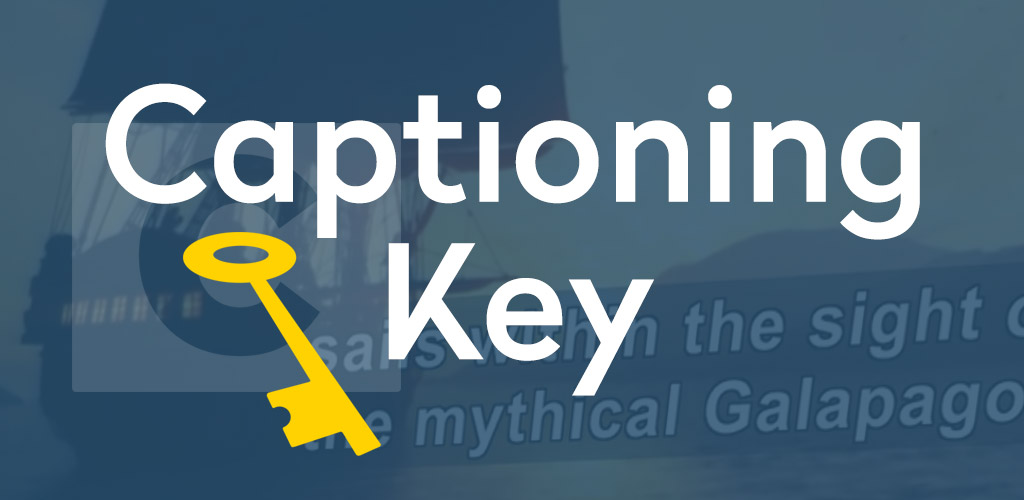Learning Center
-
Classroom, Remote, and Hybrid Learning With DCMP Accessible Videos
Teachers and parents across the country are taking advantage of DCMP's resources for classroom, remote, and hybrid learning. For educators who have at least one student with a disability, DCMP can help ensure that educational videos are accessible for students learning in the classroom and at home.
From DCMP Help Center -
Captioning Key - Tools for Creating Captions
From about -
Captioning Key - Special Considerations
From about




